
When Mary Ann Unger’s Across the Bering Strait debuted in 1994, the sprawling, 34-part installation’s raw tactile surfaces and forward propulsion stopped viewers in their tracks. Now, more than three decades later, Berry Campbell is reviving the work in its entirety for the first time in New York as part of “Across the Bering Strait,” a broader examination of the late artist’s powerful oeuvre, on view through May 17. “We hope visitors leave this exhibition with a deeper understanding of her visionary contributions to contemporary sculpture,” say gallery founders Christine Berry and Martha Campbell. “Unger’s ‘Across the Bering Strait,’ a meditation on human migration, is our most ambitious presentation to date, and we hope it serves as a reminder that not every great artist is a household name—yet.”
Indeed, Unger is just one of a litany of women artists whose practice has come under the spotlight over the past decade, either posthumously or retrospectively, as the art world does the important work of reevaluating the canon. “People are paying attention to women now, but not nearly enough,” says Unger’s daughter, Eve Biddle, who has a practice of her own and co-directs the Wassaic Project, an upstate New York residency and exhibition space. Alongside her father, photographer Geoffrey Biddle, she’s been working to champion her mother’s work and legacy, at times exhibiting her work alongside Unger’s—allowing for their material and formal similarities to drift in and out of conversation.
Ahead of Mother’s Day, Eve sat down with CULTURED to reflect on growing up in her parent’s hybrid studio/living space, and how that informal education has informed her own practice and family life with 10- and 11-year-old children. “I’m in my studio right now, and I was just thinking about how I have stuff my kids made next to me, like this little clay poop,” she says with a laugh. For those yet to visit Berry Campbell’s showcase, Biddle dives into the underexplored aspects of her mother’s work that one should keep an eye out for, and the themes that still stand out to her after all these years.
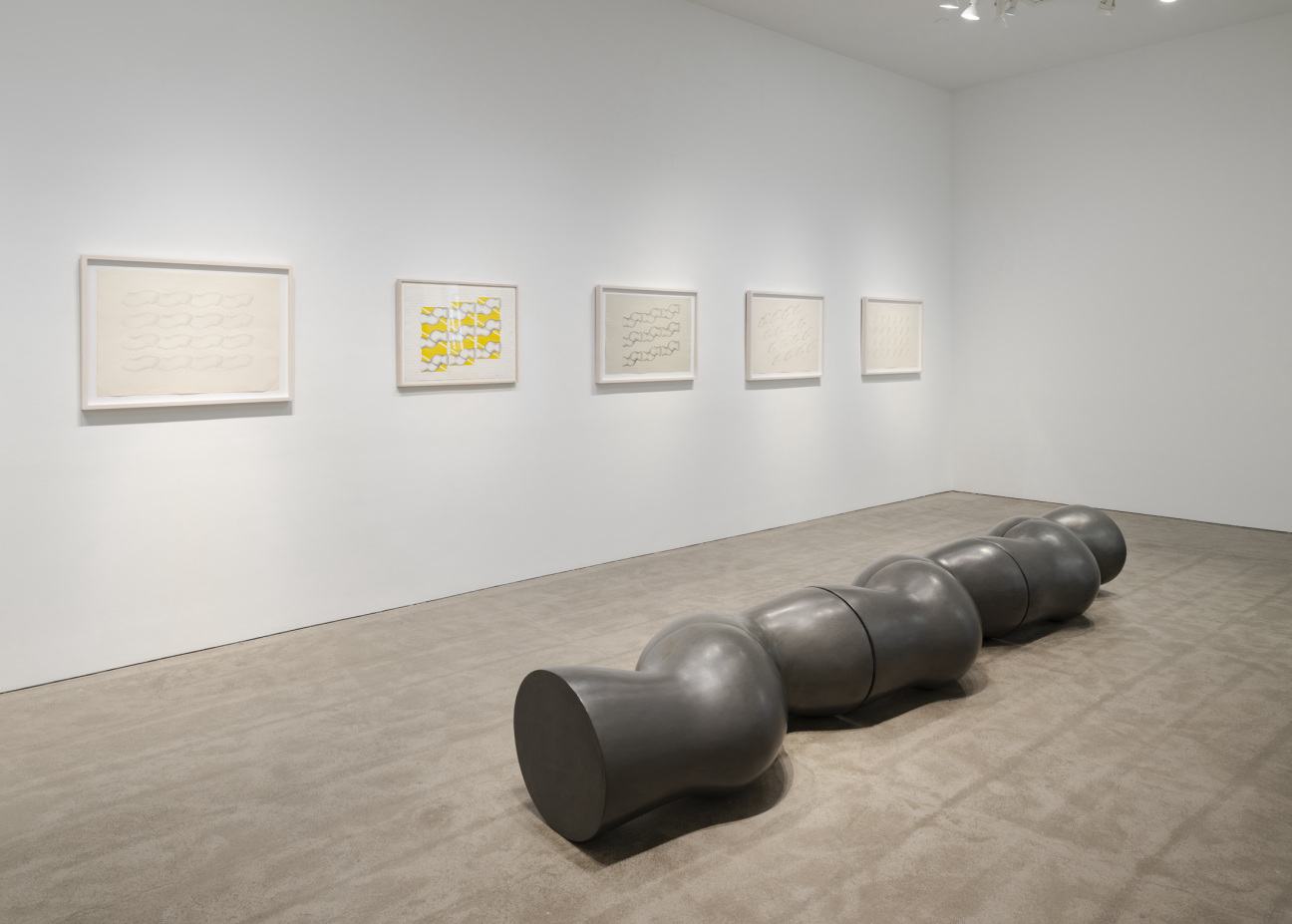
CULTURED: What was it like growing up in a family of artists and being in the studio alongside your parents?
Eve Biddle: The studio was in our apartment. We lived in a city-subsidized apartment through the Artists in Residence program in a building called the Wyoming building. In the ’70s and ’80s, it was the tallest building in the East Village at nine stories, though now it’s dwarfed by everything around it. The whole building was artists. My assumption about living in New York was that people in buildings all knew each other, but that wasn’t the case in most places. I wouldn’t go so far as to say it was a big family, but there was a lot of care. When my mom passed, our downstairs neighbors brought dinner.
You can still see the burn marks on the floor from the oxy-acetylene tanks [my mother] used for welding. The piece Across the Bering Strait in the show and several other works have a steel armature under the hydrocal and cheesecloth surface. She would weld those armatures herself. I think I’m one of the only people who smell that oxy-acetylene burn and think of my mom. That was just part of life in our apartment.
CULTURED: How has your relationship to your mother’s work changed over time, especially as you approach the age she was when she made some of these pieces?
Biddle: One of the reasons that mourning—and celebrating a life—is such a process, is because we change. She passed away when she was 54, and I’m 42. I’m approaching that age. God willing, I will surpass it. She’s frozen in time. There’s ambiguity in the work; they’re strong but gentle, growing out of the ground or sinking in, carrying or catching. It could be spring, new life, or a Pietà. There’s fluidity to the relationship in the work, and people can find what they need in it in an ongoing way.
Having a kid, making a living, being a partner, putting food on the table, making public work, and producing work at that scale in the studio—it’s ambitious, maybe to the point of being a little crazy. As I get older, it’s clearer how fierce she was. I’ve already had a decade longer with my kids than she had with me. She was diagnosed with cancer when I was 2 or 3 and had two relapses. I feel extraordinarily lucky and more impressed. There was a lot to be impressed with to begin with. The scope of her ambition gets bigger with more perspective.
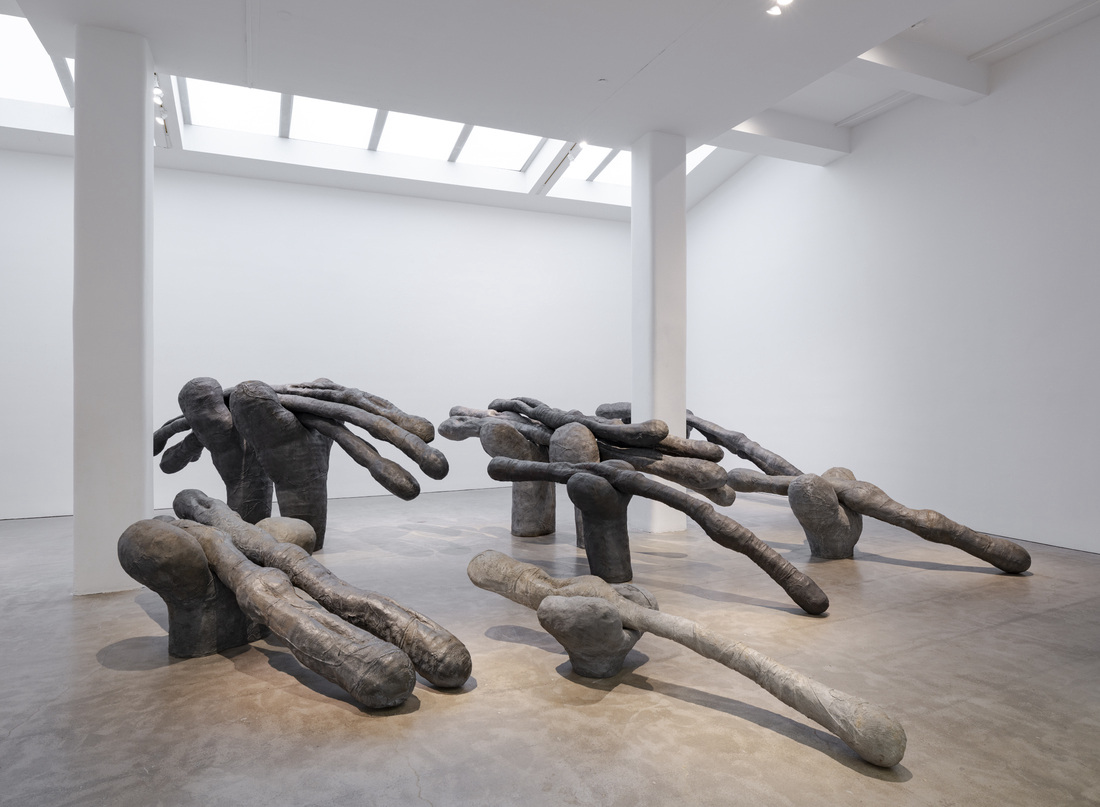
CULTURED: Do you see throughlines in your practice and hers, themes you’re exploring or circling back to?
Biddle: I have two museum acquisitions that are confirmed but not official yet this year. One is sculpture and one is photography—and that’s hilarious. The relationship between my work and my mom’s work has been explored more than the relationship between my work and my dad’s. I hope that, in a different way, the same breadth of interpretation and feeling is coming through my work.
I think the most obvious connection is the surface. Not in all of the pieces, but in a lot of both of our work, the making is present. The physicality of the work is palpable in different ways. Across the Bering Strait, it’s so big—there’s this athleticism. In my work, the physicality is really in the surface and the presence of the hand. Same idea, different manifestation.
Alexandra Schwartz was actually the first curator who brought our work together almost 10 years ago. I said to her, “This is so scary. Mom’s voice is so big. Am I just going to disappear or look totally derivative?” And she was like, “Relax. It’s two different voices.” It’s been nice to see the work in conversation. As a motherless daughter, it’s special that I can still be in conversation with her in some way.
There’s a way in which caring for her work is like caring for myself. Mom’s not here to pat me on the back for the work I’m doing. So why sustain the legacy of a parent? A lot of children of artists struggle with that. Some disappear into their parents’ work. Maybe the parents were really famous. Maybe the kid’s not creative. Whatever it is, that’s not my thing. But working with her physical pieces is nurturing to me. And if it weren’t, I wouldn’t do it. That’s not what she would have wanted.
CULTURED: How do you navigate being in conversation with your parents’ work while finding your own path in the art world?
Biddle: The Wassaic Project is an extension of my artistic practice. It has 40,000 followers on Instagram, brings in a million and a half dollars a year, collaborates with 200 creatives annually, and has a staff of nine. At 42, with two kids and this big project, the past few years have been extraordinary for me. I’d say you can have it all, but maybe not all at once because there are only so many hours in the day. Starting the Wassaic Project was about creating a different paradigm. The MoMA or bust paradigm didn’t feel realistic to me. In the ’80s and ’90s, public art projects like my mom’s were more possible. Now, those programs are so competitive. Creating Wassaic and building community is something I’m good at. It’s been nurturing, fun, and generative.
CULTURED: Your mother is one of many women artists who are having their work “reevaluated.” Have you noticed a shift in how her work is being received over time, or what it’s been like for you to be a working woman artist?
Biddle: We’re still so far from proportional representation in galleries, museums, and private collections. It’s a joke. There’s been progress, sure. The Guerrilla Girls have solo shows right now, and that’s great. But it’s not enough. My mom made choices to spend time with me, to teach, to make her own work, to be a partner. A lot of her peers found success after their kids moved out. Louise Bourgeois made all the work she’s known for between ages 65 and 95. Ursula von Rydingsvard had some success earlier, but really blew up in the past few decades. And my mom was already gone by then. Our [cultural] memory is becoming shorter and shorter. You don’t put out a press release for a year, and everyone’s like, “Where have you been?” You’re like, “Oh my God. I don’t know, dead.” That’s why I’m so excited about the partnership with Berry Campbell. We don’t have to do it alone anymore. They’re fantastic to work with.
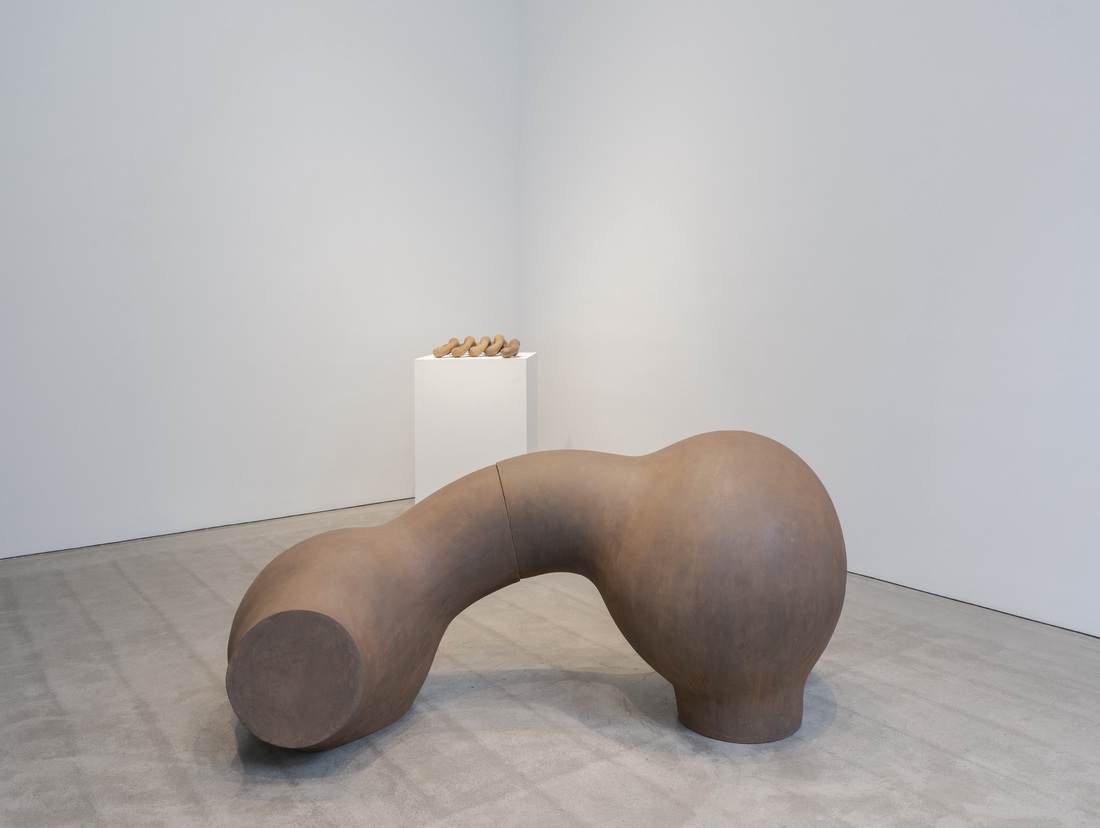
CULTURED: Is there an aspect of your mom’s work that you feel is under-explored or overlooked?
Biddle: There was a gallerist who worked with my mom for almost 10 years [in the ’90s]. He visited the estate a few years ago and asked, “Remind me who your mom’s fabricator was?” I said, “She made it all right here.” He was like, “No, no, ask your dad.” I was like, “Yeah, I’ll ask my dad for the photos of her making her own work.” This guy worked with her for a decade. That’s why these women’s careers are being re-evaluated, because it’s literally incomprehensible that a woman could have a family, have a career, make her own work, be at the chop saw, using the tools, just like anyone else. She’s an engineer. She’s a mathematician. She taught me to love math. Her dad was an MIT engineer. Her brother’s an MIT engineer. She went into school as a biochem major. She said that she broke too many test tubes watching people walk by with paint-splattered overalls, and changed majors. Her parents were supportive, which is also kind of amazing for the ’60s. I think that it’s a trope to say that women are underestimated, but oh well, women are underestimated.
CULTURED: Do you have a favorite memory of working in the studio with your parents?
Biddle: My dad wrote in his book about my mom and him that I had the two best studio assistants in New York. I remember a project for school where we were studying ancient Greece. I was probably in middle school. We’d just learned about tin casting in science class. I made a tin double-headed axe, and my mom sharpened it on the belt sander—not really sharp, but she touched it up. It was a school project that got a real punch-up at home. I remember helping her with her pieces and burning and dodging into the darkroom with my dad. He’d say, “Okay, I’m going to do the exposure. You hold this here for three seconds.” I’d be curious to see what my kids remember as they get older.
CULTURED: Maybe they’ll have some standout school projects too.
Biddle: My daughter is already working as a little artist assistant for the artist who lives across the street. That’s funny. Actually, I haven’t thought about Wassaic as having any parallels to Soho in the ’80s, but maybe there’s a little something there.

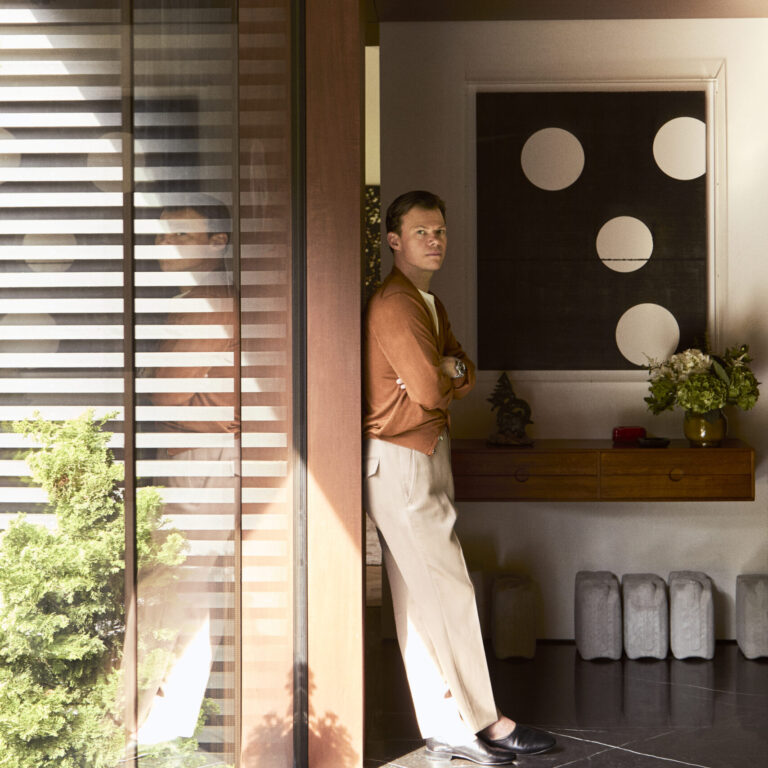

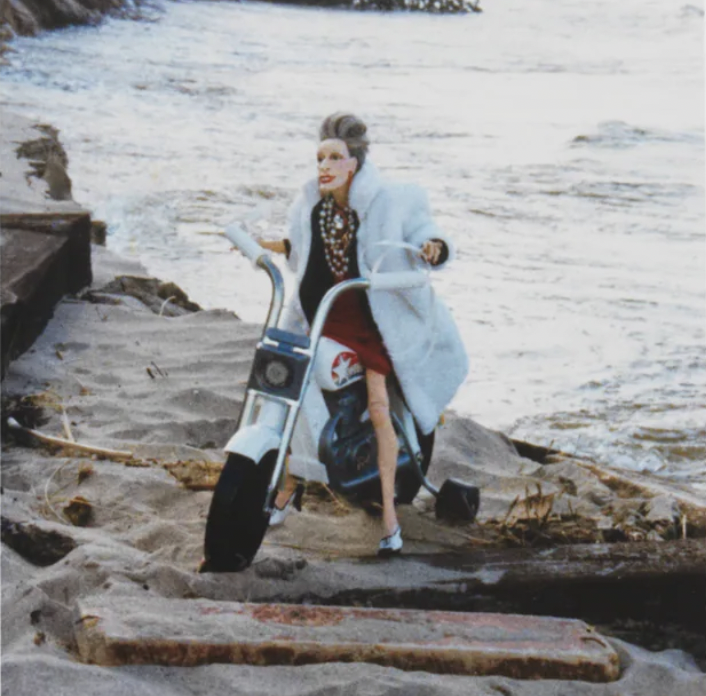
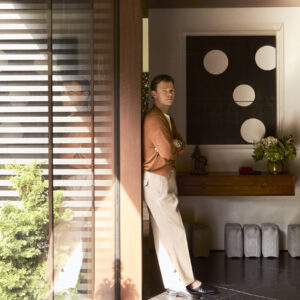

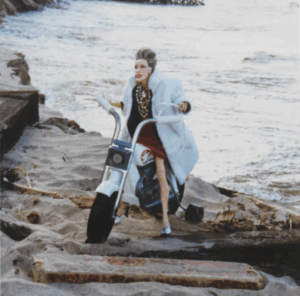

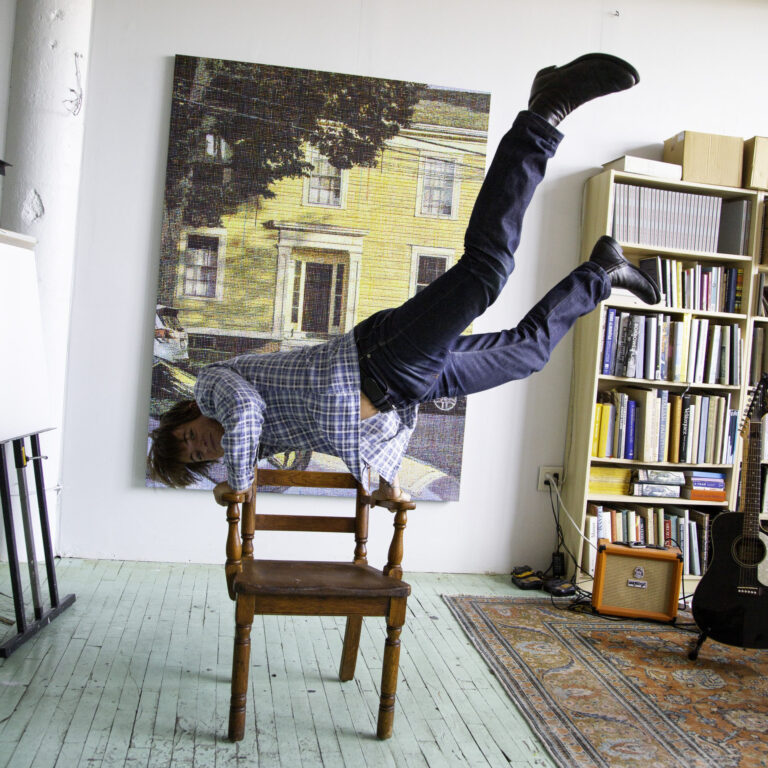

 in your life?
in your life?

